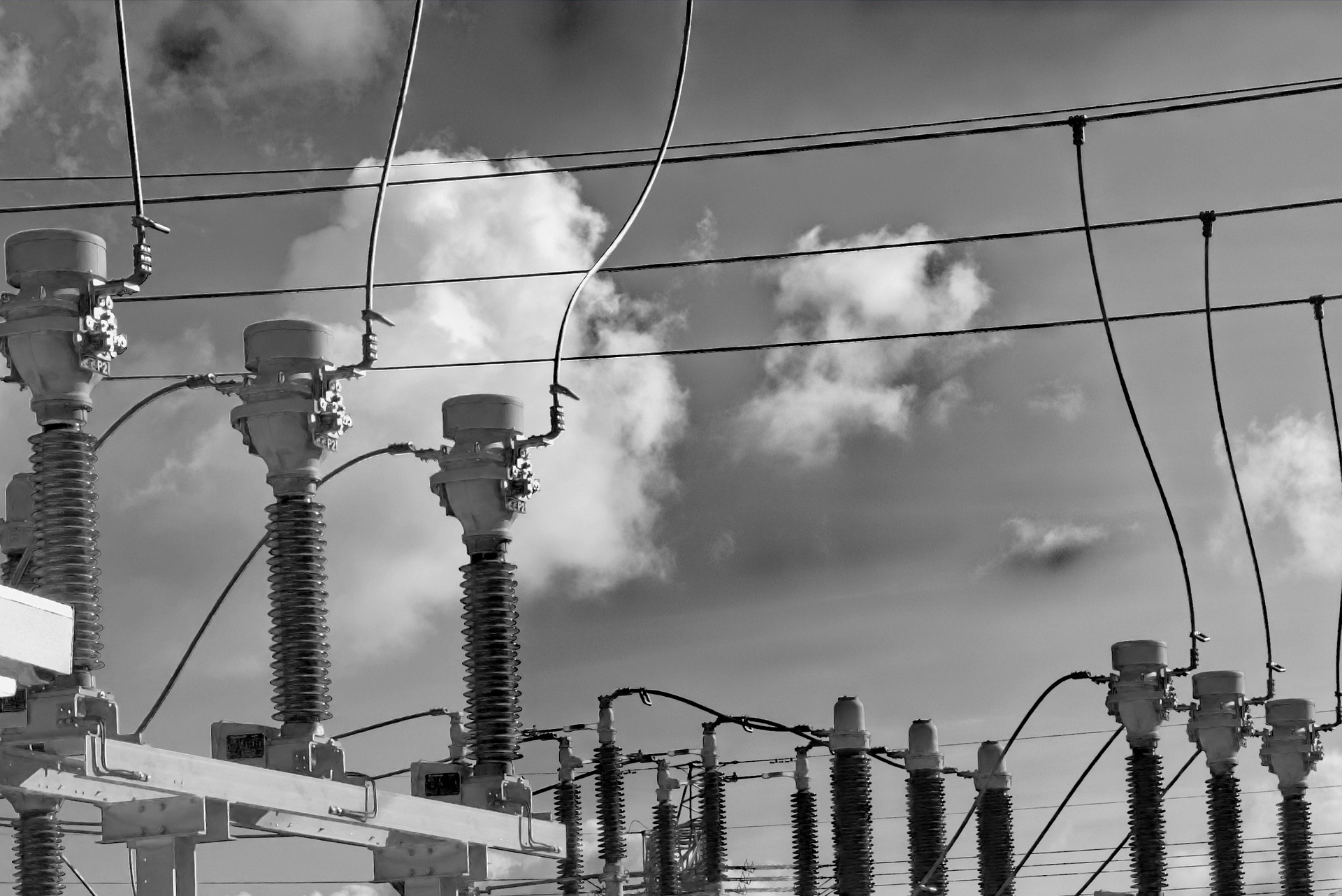Defining Energy Management
Energy management goes beyond one-time upgrades by providing a structured approach to monitoring, controlling, and optimizing energy use. It encompasses policies, processes, and tools designed for continuous improvement. This can include regular energy audits, load management strategies, or the integration of building automation systems. Frameworks like ISO 50001 formalize energy management into a repeatable system, ensuring that savings persist over time. Unlike efficiency, which is often handled at the facility or operations level, energy management requires organization-wide involvement, including leadership, finance, and sustainability teams. By focusing on data collection, goal setting, and accountability, energy management transforms short-term gains into long-term resilience.
Comparing the Two
Although closely related, energy efficiency and energy management differ in scope, timeframe, and impact. Energy efficiency is typically technology-driven and project-specific, while energy management is holistic and continuous. Efficiency delivers immediate savings, but without management, those gains can erode over time due to behavioral drift or lack of oversight. Energy management ensures accountability and ongoing optimization, extending the value of efficiency upgrades. Another key difference lies in responsibility: efficiency projects may be handled by engineers or facility managers, while energy management requires executive commitment, cross-departmental collaboration, and alignment with corporate strategy. Together, they form two halves of a complete approach to sustainable energy use.
How They Work Together
Energy efficiency and energy management are not competing concepts but complementary tools. Efficiency provides the “what”: specific measures such as high-performance equipment or retrofits, while management provides the “how” by embedding those improvements into a structured system of oversight and continuous improvement. For example, installing efficient HVAC equipment reduces energy use, but pairing it with an energy management system ensures that performance is monitored, anomalies are corrected, and additional optimizations are identified. In practice, organizations that combine efficiency with management achieve greater and more enduring results, turning one-off projects into a sustained pathway toward decarbonization.







